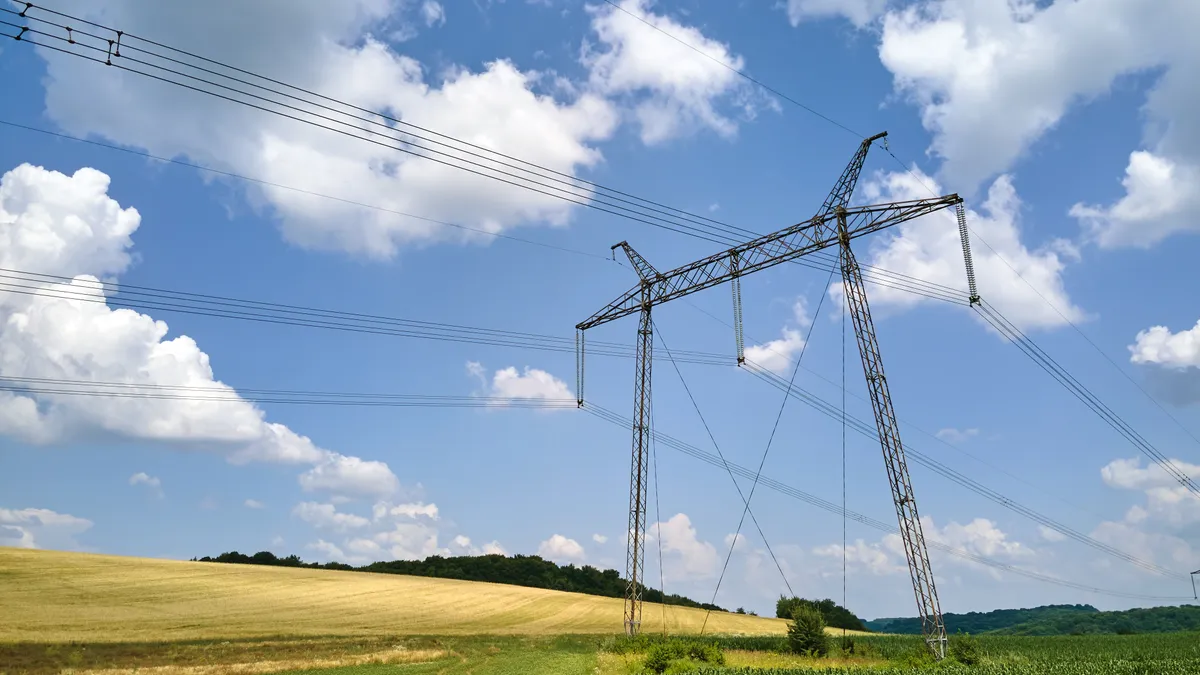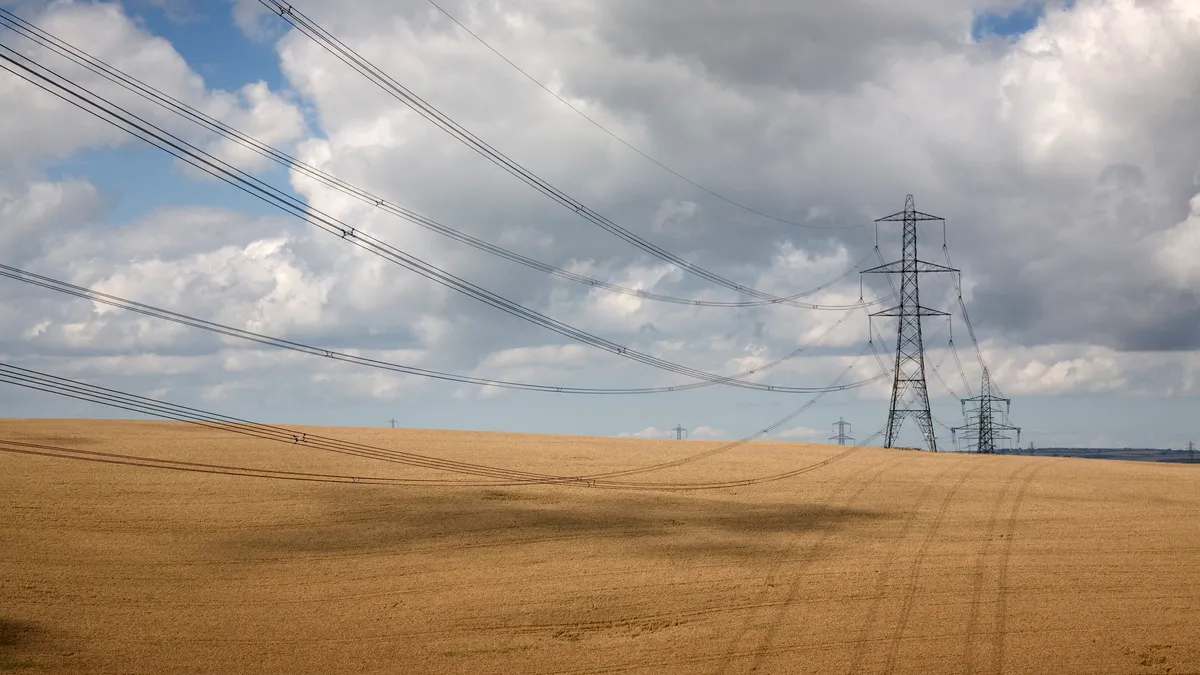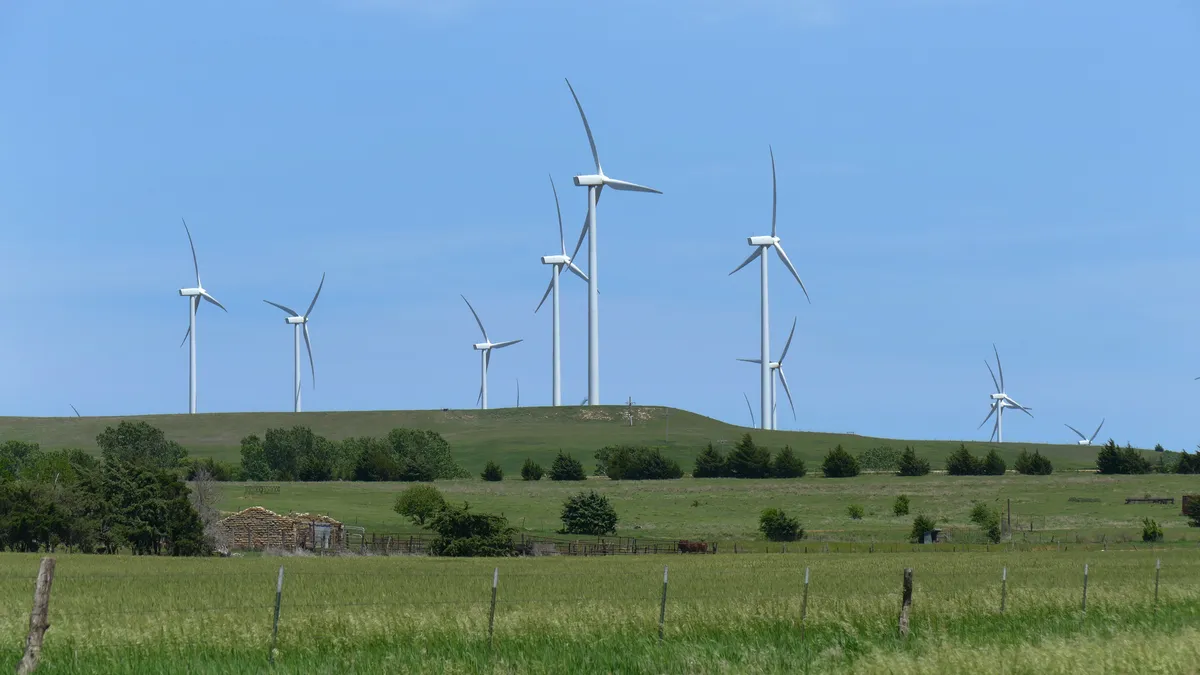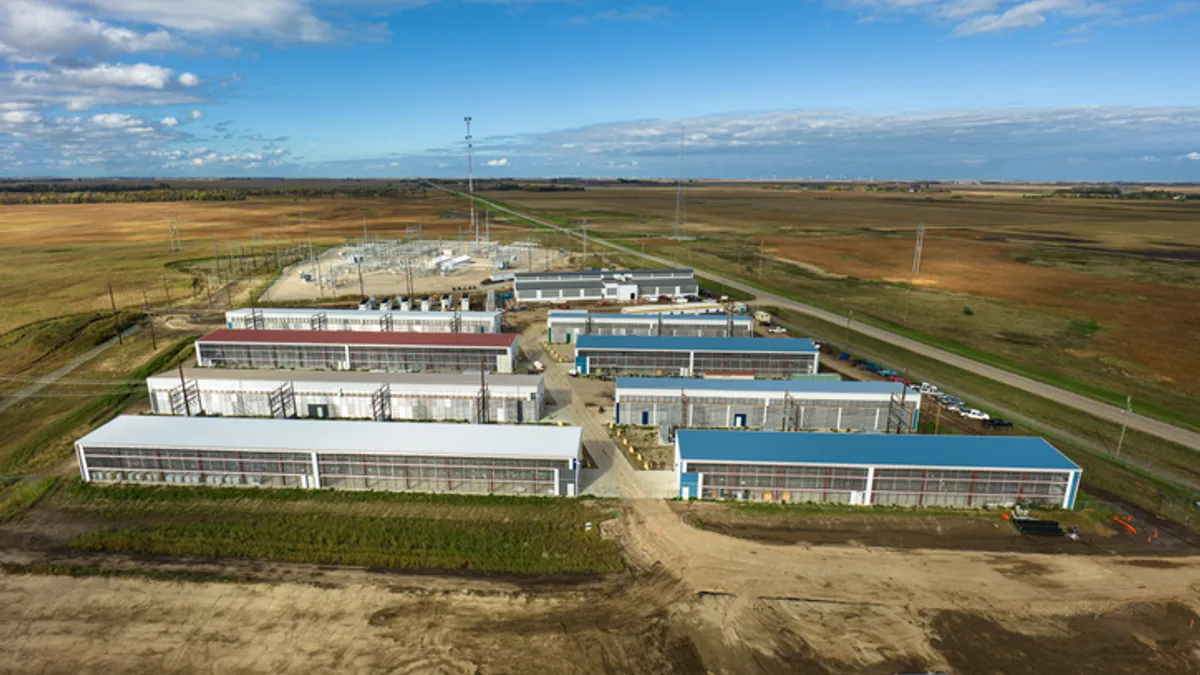Twenty-one states will work with the federal government to expand the use of grid-enhancing technologies, called GETs, and advanced conductors in an effort to get more throughput out of the existing transmission system under an initiative launched Tuesday.
As part of the effort, the parties pledged to increase state and federal cooperation on intraregional and interregional transmission planning, according to the Federal-State Modern Grid Deployment Initiative.
Participants also plan to consider innovative partnership models, pool resources and jointly plan transmission and distribution infrastructure development.
The states committed to explore ways to spur the use of GETs and high-performance conductors, which could include considering the technologies in grid planning and offering utilities financial incentives to use them, according to the initiative.
The states in the initiative are Arizona, California, Colorado, Connecticut, Delaware, Hawai‘i, Illinois, Kentucky, Maine, Maryland, Massachusetts, Michigan, New Jersey, New Mexico, New York, North Carolina, Oregon, Pennsylvania, Rhode Island, Washington, and Wisconsin. They are all led by Democratic governors and are members of the U.S. Climate Alliance.
GETs are the lowest hanging fruit for adding capacity to the grid at the least cost, according to Jennifer Granholm, secretary of the U.S. Department of Energy. “So there's no reason not to love grid-enhancing technologies, unless you're a transmission developer,” Granholm said Tuesday at a White House summit on grid modernization.
GETS include dynamic line ratings, or DLR, advanced power flow controls and topology optimization. Advanced conductors can typically handle more power flow than traditional power cables.
The United States needs a “multi-time scale” set of transmission solutions for helping bring more generation online as electric demand is growing, according to Ali Zaidi, national climate advisor and assistant to President Joe Biden.
“We actually need stuff that can cook right now, right away, very, very quickly,” Zaidi said at the meeting. “And the way to do that is by deploying grid-enhancing technologies, by reconductoring the lines that we have already strung up or buried across the country.”
Utility companies like AES, Dominion Energy, National Grid and NextEra Energy are already using GETs and advanced conductors, according to company officials at the meeting.
Dominion, which expects its load to double in the next 15 years, is looking at GETs to provide “operational flexibility and dynamic capabilities,” according to Matthew Gardner, vice president of transmission for the Richmond, Virginia-based utility company.
“So while the investments in additional transmission lines are needed, we're focusing on squeezing every amp that we possibly can out of the existing lines that we have, as well as designing new transmission infrastructure in a way that maximizes capacity,” Gardner said. He noted Dominion has installed 800 miles of “high temperature low sag” conductors, which have about 50% more capacity than the lines they replaced.
Dominion will deploy the world’s largest DLR project as part of a $33.7 million grant award from DOE’s $10.5 billion Grid Resilience and Innovation Partnerships program, placing the technology on more than two dozen power lines, according to Gardner.
Meanwhile, state lawmakers have passed bills this year aimed at bolstering grid capacity with GETs and advanced reconductoring, according to Advanced Energy United.
Virginia’s governor signed HB 862, which requires the state’s electric utilities to consider GETs in their integrated resource plan process, the trade group said Tuesday. Last week, the Minnesota Legislature passed HF 5247, which, among other things, adds GETs to the state’s transmission planning process and requires utilities owning more than 750 miles of transmission lines to evaluate using the technology on highly congested lines, AEU said.
Also, Lawrence Berkeley National Laboratory has created a tool to help utilities and grid planners assess the benefits of reconductoring existing transmission lines. The Reconductoring Economic and Financial Analysis tool can be used to show the lifetime value of reconductoring projects, providing potential justifications for projects that cost more, according to the lab.






















